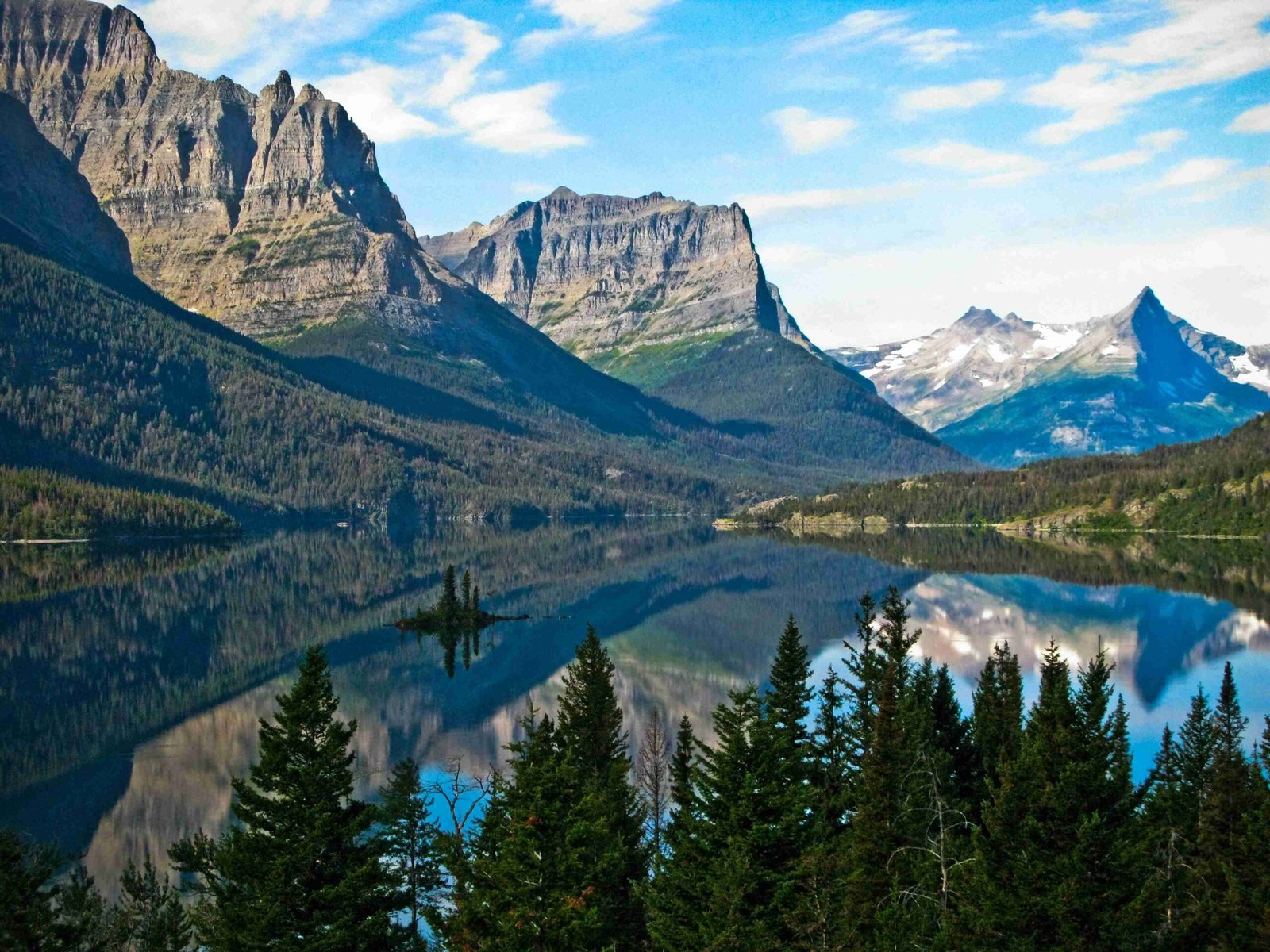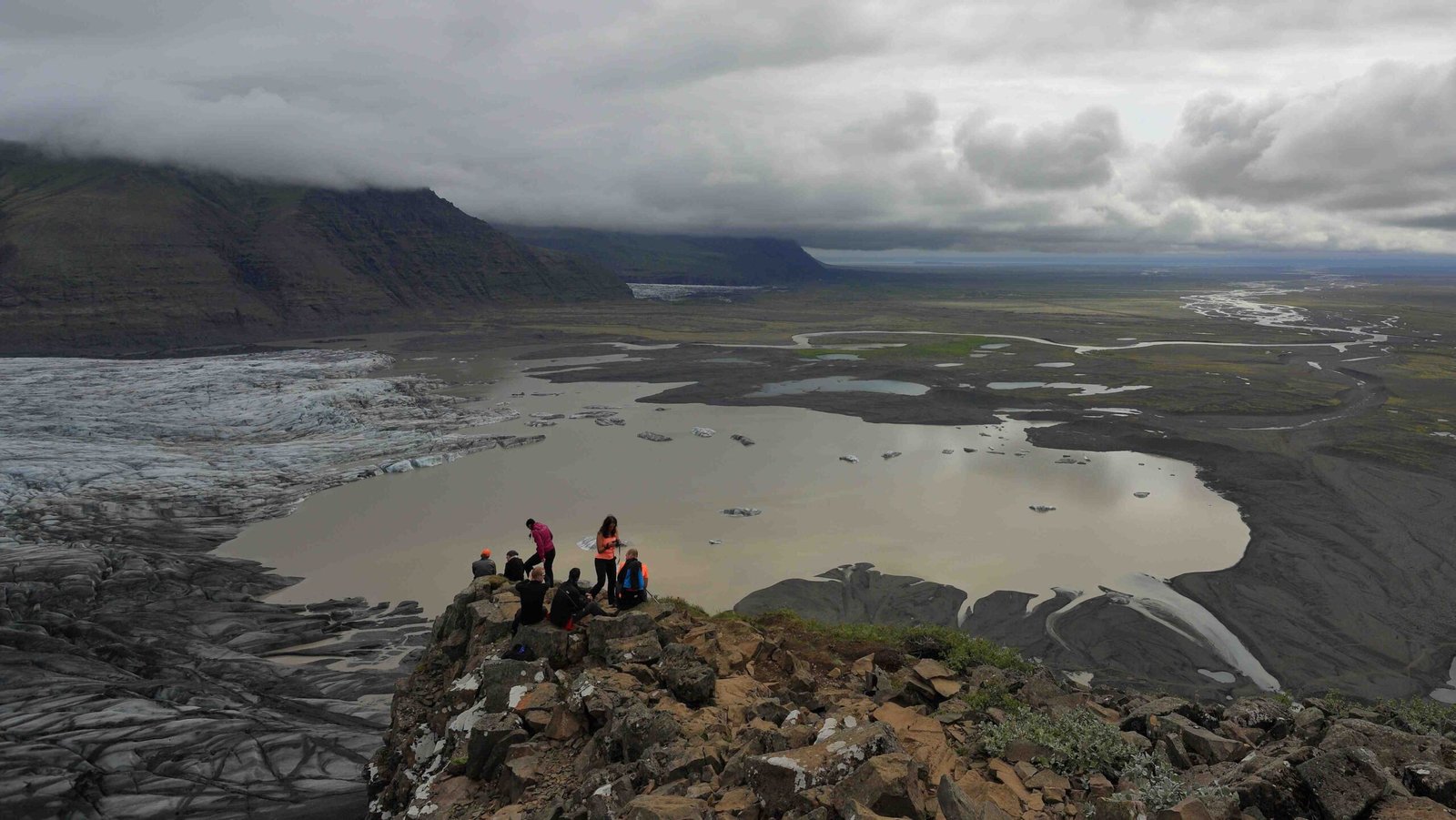Crystal Point in Glacier National Park is a captivating destination nestled in the heart of Montana’s wilderness. Located near the shores of Lake McDonald, this scenic spot offers breathtaking views of glacially carved landscapes, rugged mountains, and pristine alpine lakes. With its diverse flora and fauna, Crystal Point provides visitors with an authentic experience of the park’s natural beauty. Hikers and nature enthusiasts can explore the surrounding trails, witness stunning vistas, and potentially encounter the area’s rich wildlife.
What is the Geographical Location of Crystal Point?

Crystal Point is situated in Flathead County, Montana, within the boundaries of Glacier National Park. Its approximate GPS coordinates are:
- Latitude: 48°45’6\” North
- Longitude: 113°47’12\” West
This location places Crystal Point near the western shore of Lake McDonald, one of the largest and most iconic lakes in Glacier National Park. The surrounding area is characterized by:
- Rugged mountain peaks
- Dense coniferous forests
- Glacially carved valleys
- Alpine and subalpine ecosystems
What Are the Notable Geological Features of Crystal Point?

Crystal Point and its surrounding area boast a variety of geological features that showcase the park’s glacial history and diverse landscape:
- Granite Peaks: Towering mountains formed from ancient rock formations
- Glacial Moraines: Deposits of rock and sediment left behind by retreating glaciers
- U-shaped Valleys: Carved by massive glaciers during the last ice age
- Alpine Lakes: Crystal-clear bodies of water nestled in high mountain basins
- Diverse Flora: A mix of subalpine and alpine plant species adapted to the harsh mountain environment
These features combine to create a stunning backdrop for visitors and provide insight into the geological processes that shaped the region over millions of years.
How Can Visitors Access Crystal Point?
While there isn’t a specific trail named after Crystal Point, visitors can explore the area through nearby hiking routes. One popular option is the Lake McDonald West Shore Trail:
- Trailhead Location: Near Apgar Village
- Parking: Available at Apgar Visitor Center and designated areas along Lake McDonald’s west shore
- Trail Length: Approximately 7.6 miles one way
- Elevation Gain: Moderate, ranging from 500 to 700 feet
- Difficulty: Moderate, suitable for hikers with some experience
- Estimated Hiking Time: 4 to 6 hours one way
Accessibility and Seasonal Considerations
- Some trails in Glacier National Park are accessible for individuals with disabilities, but terrain may vary
- The Lake McDonald West Shore Trail is generally considered accessible for most of its length
- Seasonal closures and conditions can affect trail access, particularly during winter months
- Always check with park authorities for up-to-date information on trail conditions and closures
What Views Can Visitors Expect from Crystal Point?
Crystal Point offers visitors a panoramic feast for the eyes, showcasing the diverse landscapes of Glacier National Park:
- Lake McDonald: Expansive views of the park’s largest lake
- Continental Divide: Distant peaks marking the backbone of North America
- Dense Forests: Vast stretches of coniferous trees covering the mountainsides
- Glacially Carved Valley: Evidence of the park’s ice age history
- Alpine Meadows: Colorful displays of wildflowers during the summer months
Best Times for Photography
For photographers looking to capture the beauty of Crystal Point and its surroundings:
- Early Morning: Soft, golden light and calm waters for reflections
- Late Afternoon: Warm hues and long shadows enhancing the landscape
- Golden Hour: Just before sunset for dramatic lighting on the mountains
- Clear Nights: Opportunities for stunning astrophotography
What Wildlife Can Be Seen Near Crystal Point?
The area around Crystal Point is home to a diverse array of wildlife, offering visitors the chance to observe animals in their natural habitat:
| Species | Best Time to Spot | Habitat |
|---|---|---|
| Grizzly Bears | Dawn and Dusk | Forests and Meadows |
| Mountain Goats | Summer Months | Rocky Slopes |
| Bighorn Sheep | Year-round | Cliffs and Grassy Areas |
| Elk | Early Morning and Evening | Meadows and Forests |
| Marmots | Summer | Rocky Areas |
| Various Bird Species | Year-round | Throughout the Park |
Remember to maintain a safe distance from all wildlife and follow park guidelines for animal encounters.
How Do Seasonal Changes Affect Crystal Point?
Crystal Point and the surrounding area undergo dramatic transformations throughout the year, offering visitors unique experiences in each season:
Spring (Late May to June)
- Melting snow and ice
- Rushing waterfalls and streams
- Early wildflower blooms
Summer (July to August)
- Peak hiking season
- Abundant wildflowers in alpine meadows
- Warm temperatures and long daylight hours
Fall (September to October)
- Vibrant autumn colors in deciduous trees
- Cooler temperatures and fewer crowds
- Potential for early snowfall at higher elevations
Winter (November to April)
- Snow-covered landscapes
- Limited access due to road closures
- Opportunities for winter sports and activities
What Are the Best Hiking Tips for Crystal Point Area?
When planning a hike in the Crystal Point area, consider these essential tips:
- Check Trail Conditions: Always inquire about current trail status at the visitor center.
- Carry Essential Gear:
- Sturdy hiking boots
- Layered clothing
- Rain gear
- Sun protection
- First aid kit
- Bear spray
- Stay Hydrated: Bring plenty of water and a water filtration system.
- Leave No Trace: Pack out all trash and follow park guidelines for waste disposal.
- Be Wildlife Aware: Make noise while hiking to avoid surprising animals.
- Start Early: Begin your hike in the morning to avoid afternoon thunderstorms.
- Inform Others: Let someone know your hiking plans and expected return time.
- Respect Closures: Adhere to any trail closures or restrictions in place.
By following these tips, visitors can ensure a safe and enjoyable experience while exploring the Crystal Point area of Glacier National Park.
How Can Visitors Contribute to Conservation Efforts at Crystal Point?
Preserving the natural beauty of Crystal Point and Glacier National Park is crucial for future generations. Visitors can contribute to conservation efforts in several ways:
- Practice Leave No Trace Principles:
- Pack out all trash
- Stay on designated trails
- Minimize campfire impacts
-
Respect wildlife
-
Support Park Programs:
- Participate in ranger-led activities
- Donate to park conservation funds
-
Volunteer for park maintenance projects
-
Reduce Carbon Footprint:
- Use park shuttles when available
- Carpool to reduce vehicle traffic
-
Choose eco-friendly accommodations
-
Educate Others:
- Share knowledge about park conservation
- Encourage responsible tourism practices
-
Report any observed violations to park staff
-
Participate in Citizen Science:
- Join wildlife counting programs
- Contribute to plant identification projects
- Report invasive species sightings
By actively participating in these conservation efforts, visitors can help ensure that Crystal Point and Glacier National Park remain pristine for years to come.
References:
1. Latitude.to – GPS coordinates of Glacier National Park
2. OpenStreetMap Wiki – Glacier National Park
3. Maplandia – Crystal Point Map